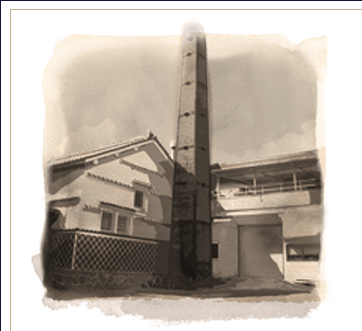
Exploring Saijo
Leave JR Saijo Station and walk the course shown below. You’ll see eight of Saijo’s breweries, learn about sake brewing, do a bit of tasting, and have a chance to purchase sake and other products. You’ll also be able to absorb the unique, traditional feel of sake breweries that colors the streets of Saijo. Experience firsthand what makes Saijo one of Japan’s premier sake brewing neighborhoods.
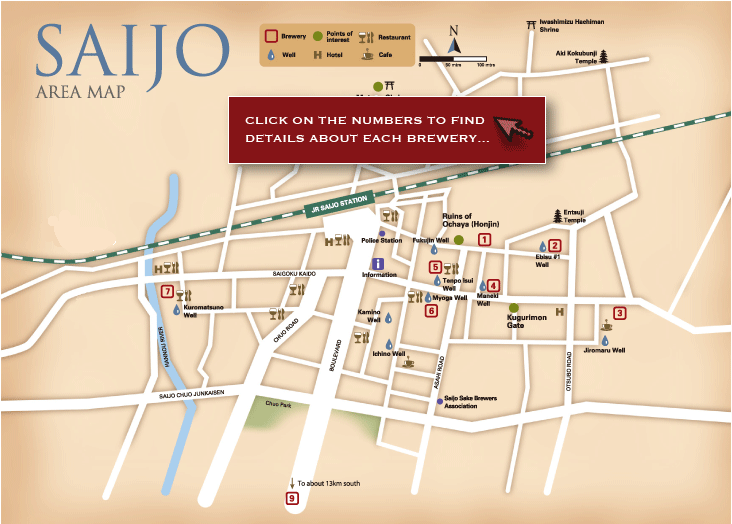
Leave JR Saijo Station and walk the course shown below. You’ll see eight of Saijo’s breweries, learn about sake brewing, do a bit of tasting, and have a chance to purchase sake and other products. You’ll also be able to absorb the unique, traditional feel of sake breweries that colors the streets of Saijo. Experience firsthand what makes Saijo one of Japan’s premier sake brewing neighborhoods.
JR Saijo Station |
|
|---|---|
| 5 min. | 4 min. |
Ruins of Ochaya (Honjin) |
|
| 1 min. | |
1. Kamotsuru |
|
| 2 min. | |
2. Fukubijin |
|
| 3 min. | |
3.Kamoizumi |
|
| 4 min. | 3 min. |
Kugurimon Gate |
|
| 1 min. | |
4. Kirei |
|
| 1 min. | |
5. Saijotsuru |
|
| 1 min. | |
6. Hakubotan |
|
| 11 min. | |
7. Sanyotsuru |
|
| 5 min. | 10 min. |
Matsuo Shrine |
|
| 6 min. | |
JR Saijo Station |
|
4-31 Saijo Honmachi, Higashi Hiroshima-shi, 739-0011
Phone 082-422-2121, Fax 082-422-2300
www.kamotsuru.jp
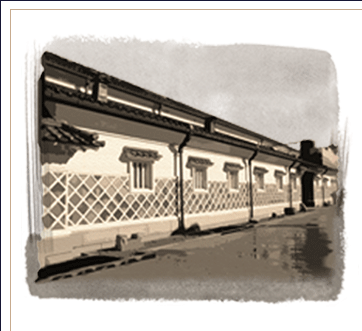
6-21 Saijo Honmachi, Higashi Hiroshima-shi, 739-0011
Phone 082-423-3148, Fax 082-422-7497
www.fukubijin.co.jp
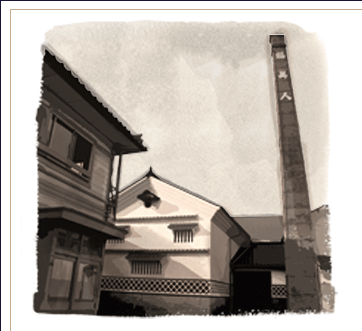
2-4 Saijo Kamiichi-machi, Higashi Hiroshima-shi, 739-0006
Phone 082-423-2118, Fax 082-423-9217
www.kamoizumi.co.jp
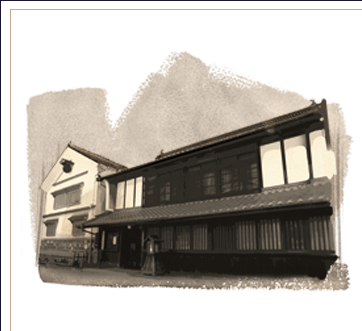
8-18 Saijo Honmachi, Higashi Hiroshima-shi, 739-0011
Phone 082-422-2171, Fax 082-423-8219
kireikireikirei.jimdofree.com/
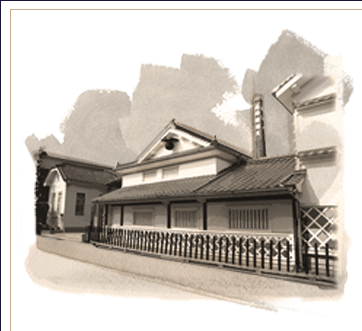
9-17 Saijo Honmachi, Higashi Hiroshima-shi, 739-0011
Phone 082-423-2345, Fax 082-422-8272
www.saijoutsuru.co.jp
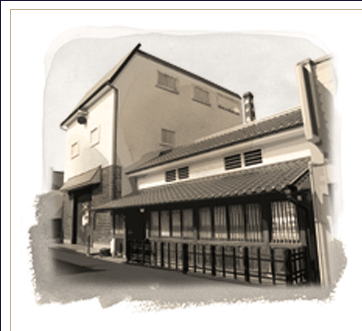
15-5 Saijo Honmachi, Higashi Hiroshima-shi, 739-0011
Phone 082-422-2142, Fax 082-424-4250
www.hakubotan.co.jp
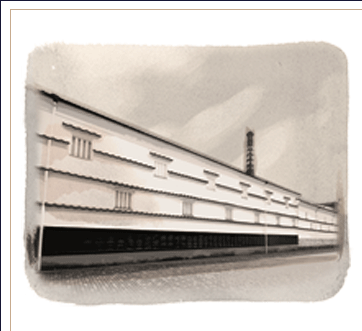
6-9 Saijo Okamachi, Higashi Hiroshima-shi, 739-0016
Phone 082-423-2055, Fax 082-422-7933
www.sanyotsuru.jp/
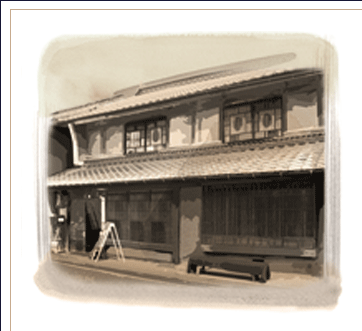
1364-2 Nomino-o, Kurosecho, Higashi Hiroshima-shi, 739-2622
Phone 0823-82-2006, Fax 0823-82-7948
www.kamokin.com
